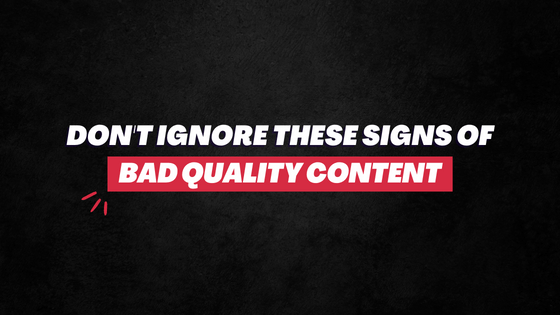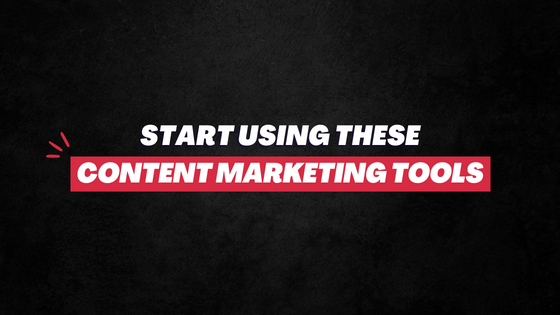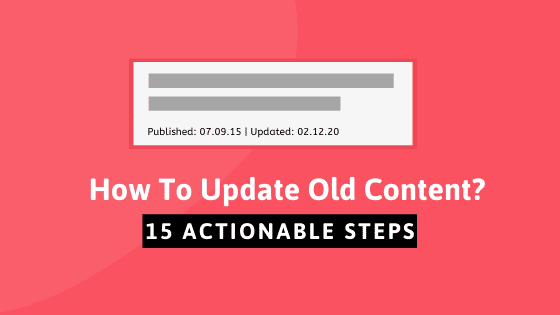
You can’t always publish new content.
So, to keep your site fresh, visitors engaged and for SEO purposes, you should regularly update your old blog posts.
In fact, a study published on HubSpot found that updating old posts significantly increased their posts’ monthly views from organic search…
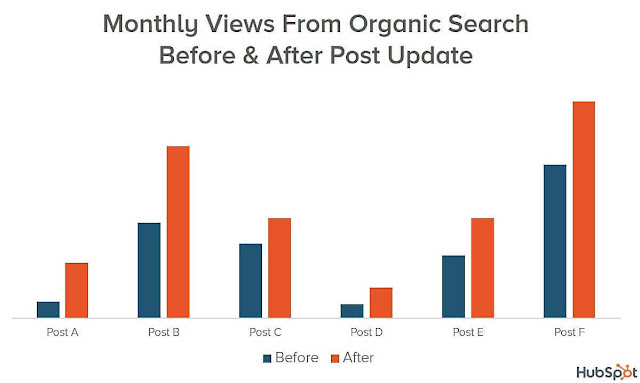
Even in an article on Search Engine Journal, Danny Goodwin says “updating your content can result in better search rankings, more links, more traffic, social shares, and new customers discovering you.”
This is why to update old content is one of the top priorities of B2C content creators…
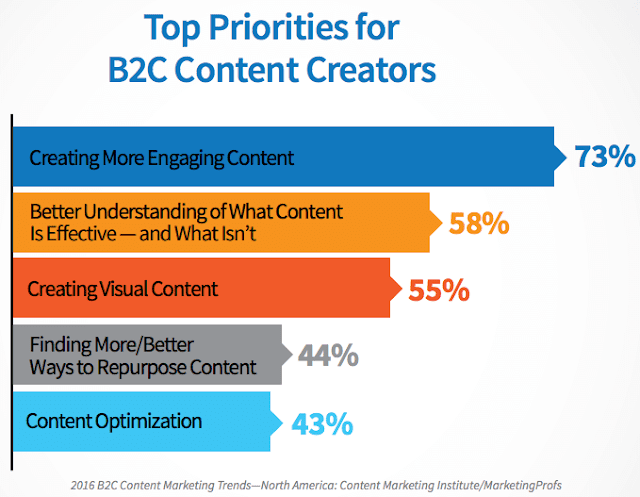
Now, most of us usually paste the latest date to an old post and update it.
In reality, for maximum returns – in terms of better ranking, organic traffic, engagement, and conversion – you must do a lot more.
Here are 15 straightforward steps to follow when updating your old content so to drive better results:
1. Which Content to Update?
Start by first focusing on blog posts that get most impressions on SERP but fewer clicks.
Optimizing them for unique question-based queries can help them with improvement in ranking and rich snippets.
You can find these high-impression/low-CTR URLs through Google Search Console.
Next, you want to focus on articles that are getting good impressions by aren’t ranking on the first page of Google. Basically, these are pages that are ranking between the 2nd and 6th search result pages.
Improving such content can boost their ranking. Again, you can find them on GSC.
2. Eliminate the common errors
Your blog posts aren’t perfect. The one that you’re updating, the first thing to do is get rid of errors.
See if there’s any spelling, grammatical or punctuation mistake.
Next, are there any factual errors?
Are the figures up to date?
Is there any broken link in the content? (Use Free Broken Link Checker to find broken links)
Fix these.
3. Add more (or remove) information
If there’s a need to add more information to that blog post, add.
If there’s anything that needs to be removed – maybe they now sound redundant – remove.
Consume the content as your target reader. Are you satisfied with it? Did you get the desired value?
4. Include more data
Opinions are cute. Lectures, okay. But the real game is in data that wins over the audience.
When you’re putting forth hard figures, you add more credibility to whatever you’re saying. People would trust you more. This would add to your brand value and retention.
So, include more data to forward your tips, advice, and opinions much more confidently.
5. Optimize it with the right keywords
These are old content. So, you already have the data about which keywords have brought them the most impressions and traffic. (You can find it on Analytics and GSC.)
You want to focus more on those keywords – and get away from those that haven’t added much value to the content in terms of organic traffic.
Plug these keywords in your headlines, Meta tags, sub-headings, and alt-texts.
Recommended Read: How to Do Keyword Research for Free in 11 Minutes?
Include high-value keywords in your Meta title and Meta description. Shuffle them up a bit to make them more interesting and clickable.
Recommended Read: 12 Meta Description Mistakes You Are Unknowingly Making
7. Improve your headline
Similar to the previous point, change the headline of your blog posts and make it more interesting.
If it is a listicle, how about doing it a ‘how-to’ now?!
If it doesn’t include a year, how about including the year?!
If it doesn’t have any emotional word, or doesn’t include “you” or “your”, how about including them? Try to trigger any of these emotions…
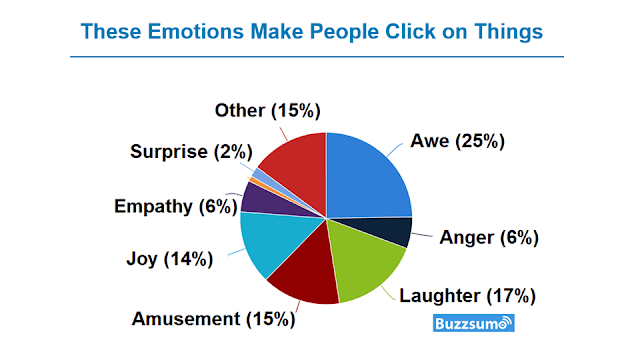
The high-value keywords you discovered in #5, Google it and see the result. See what kind of headlines your competitors have. Draw inspiration from them.
Give this post a quick read, you will find many actionable steps: 9 Best Practices to Write Clickable Headlines
8. Install a new cover image
The main image of the post – change it and put up a newer one.
A new cover image includes the newer scope of your post in context to what additional information you have added now, what keywords you are now focusing on and how the headline has changed.
9. Upload more screenshots
Admittedly, this might not apply to everyone and every post. But if it does, do it!
There’s something about screenshots that add practicality and authenticity to whatever you’re saying. They add credibility to your content.
If you can upload animated screenshots – even better!
10. Embed a video or two
This doesn’t have to be your video.
You can find a relevant video on YouTube – that complements your content and not act as a competitor to you.
Embed it and give credit to that channel.
Embedded Videos in the articles can boost your engagement and session duration, which then helps with your SEO and conversion.
In fact, a study a few years back found that videos on landing pages can increase conversion by 86 percent. (Source)
11. Build internal links
It’s a key SEO practice that whenever we publish a new blog post, we go back to 2-3 old relevant blog posts and include the link of this new one with appropriate anchor text.
But most of us don’t do this.
Revamping and updating old blog posts is a great opportunity to ace internal link building.
This helps you spread the link juice to newer posts and across the site.
So, include relevant links in the blog post you’re updating.
If there are too many links in it already, replace them with more relevant URLs.
Here’s a video by Neil Patel, explaining Internal Linking:
12. Link to others’ websites
Outbound links are very important.
So, whenever possible, include links of the relevant and high-quality website – that possibly has higher Domain Authority than yours.
Earlier, there was this practice to have no more than half as many outbound links as the number of your internal links. But no such thing exists today.
Give this a read: How Outbound Links Help SEO.
13. Include quotes of influencers
What if I quote your opinion here? Wouldn’t you be psyched?
And there’s a good chance that you might even share this post on your social media accounts.
But even if you don’t share it, you would at least know me – know the ‘Spell Out Marketing’ brand. This will lead to networking opportunities and maybe future collaboration.
So, if it fits the scope of your article, include quotes of your industry influencers.
Be thoughtful to pick those who aren’t very big names and would actually respond to you positively.
14. Add more visual appeal
Plugging in images and videos aren’t enough.
Especially if the blog post is long, the page would look like a cluster of never-ending texts. With human attention span shorter now, it won’t be gripping enough.
So, play around with different-colored backgrounds to highlight different sections.
Use different colors – without making the content look obnoxious though – to keep readers’ attention hooked.
15. The right call-to-action
Read this: Revamp, Repurpose Your Old Content To Boost SEO
Depending on how the response has been, how this old post has performed, you can re-define its CTA for better results. (This may also require you to change content’s tone.)
In the end, the goal of any piece of content is to bring results. If your old blog post failed to bring you that result, it’s a good idea to optimize its call-to-action.
Go, Do It Now…
These are 15 steps to effectively update old content that bolsters your SEO and conversion.
Don’t make updating old content just an obligation by simply pasting a newer date to it. Update it so that it brings you (and your audience) more value.
Let’s jump into a conversation on the topic. Tweet to SpellOutMarketing – Do you think updating old blog posts is just as important as publishing newer ones?
P.S: If you have time, I believe you will find this post very helpful – A 2020 SEO Writing Guide to Create Content That Google Rewards
